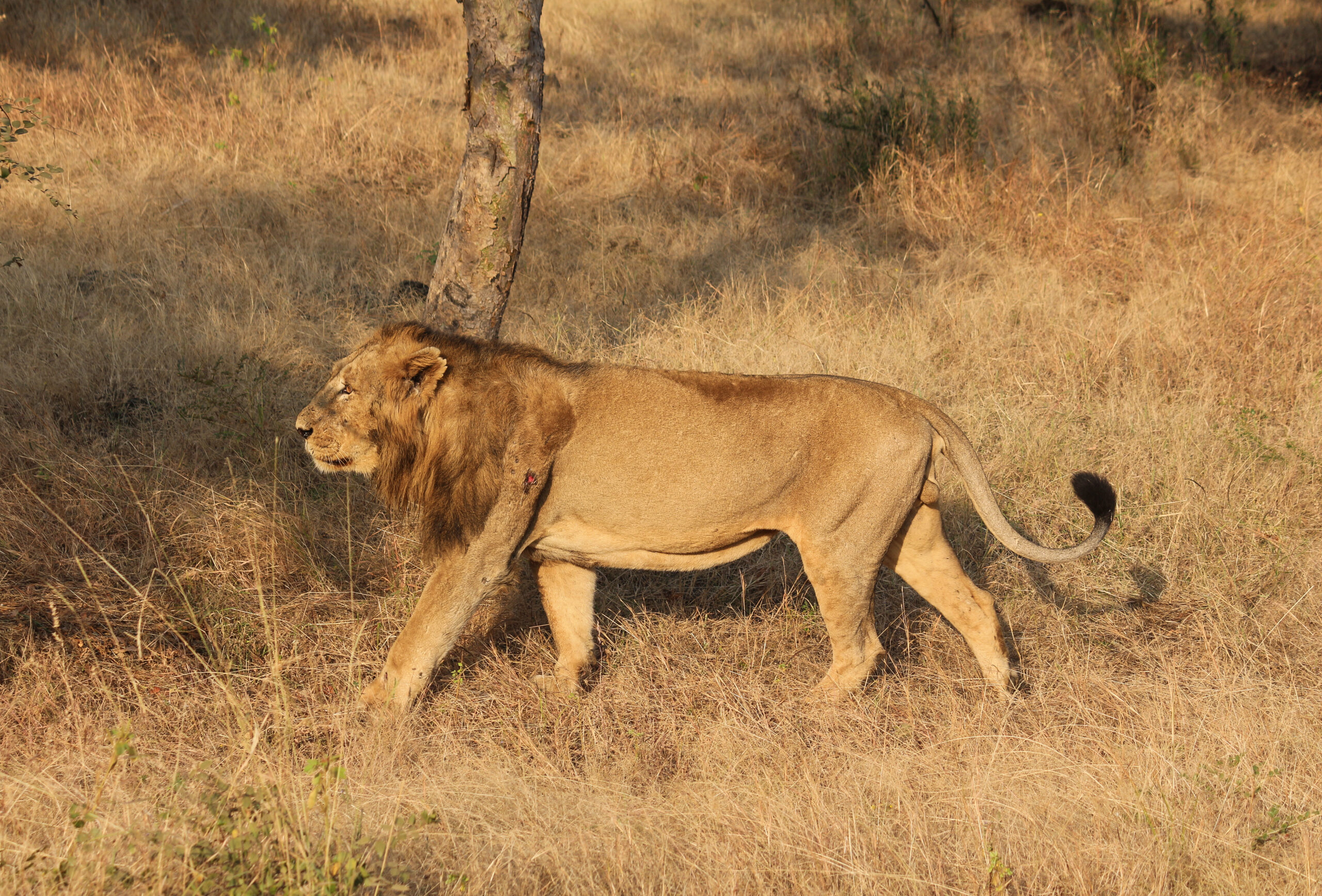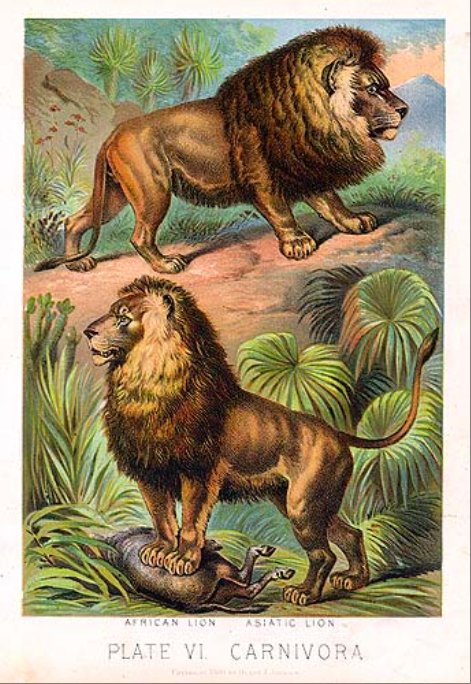Deep in the Gir Forest of India exists a small population of lions – Asiatic Lions.

In 1965, Western India’s Gir Forest was declared as a national wildlife sanctuary. Human activity was subsequently banned in the area – with a notable exception made for the Maldharis, a nomadic tribe that had previously settled in the area. Today, the Gir Forest sanctuary is the final remaining habitat for one the planet’s least discussed predators – the Asiatic Lion (Felis Leo Persicus).
Asiatic Lions are also known as the Indian Lion or the Persian Lion. They are a subspecies of the African lion, perhaps oddly, it is, genetically speaking, more closely connecting to West African Lions. These once existed in Eastern Europe, Eastern, Western and Central Asia, as well as the Balkan Peninsula.
Populations have consistently disappeared throughout time, and as of 2017, there were estimated to be 650 Asiatic Lions living in the wild. A marked improvement from 2010, however, where the population was calculated at only 411 individuals living in the wild, showing a near 50% increase in 7 years.
‘There is an estimated 650 Asiatic Lions living in the wild.’
Asiatic Lions differ from the more iconic and photographed African Lion. They are smaller, weighing in, on average, in the neighborhood of 400 lbs (170 kgs) for males, and 250 lbs (115 kgs) for females. The males grow a less developed mane than that of the African Lion. This shorter mane grows at the top of their head behind the ears and is much shorter around the sides and neck.

The diet of Asiatic Lions differs from African Lions, slightly. The African Lion prefers prey that weighs between 420 – 1200 lbs, whereas the Asiatic Lion tends to keep a specific diet of prey weighing in the 700-800 lbs range. Because they hunt in groups, they are able to take on consistently larger prey. Asiatic Lions are also known to prey on domestic cattle from the Maldharis herds.
As they are a single subpopulation, Asiatic Lions are extremely vulnerable to unpredictable events. A single epidemic, such as forest fire, natural disaster or a virus, could completely wipe out the remaining individuals. Nature aside, the Lions biggest threat remains poaching, and there is an indication that organized groups have switched from targeting tigers to Asiatic Lions. All to fill demand from the traditional medicine market.
Comparative illustration of African (top) and Asiatic Lions (bottom) from the Johnsons Book of Nature, 1880.
Help spread the word about these lions. Share this post with your friends, family and other cat lovers you know!

